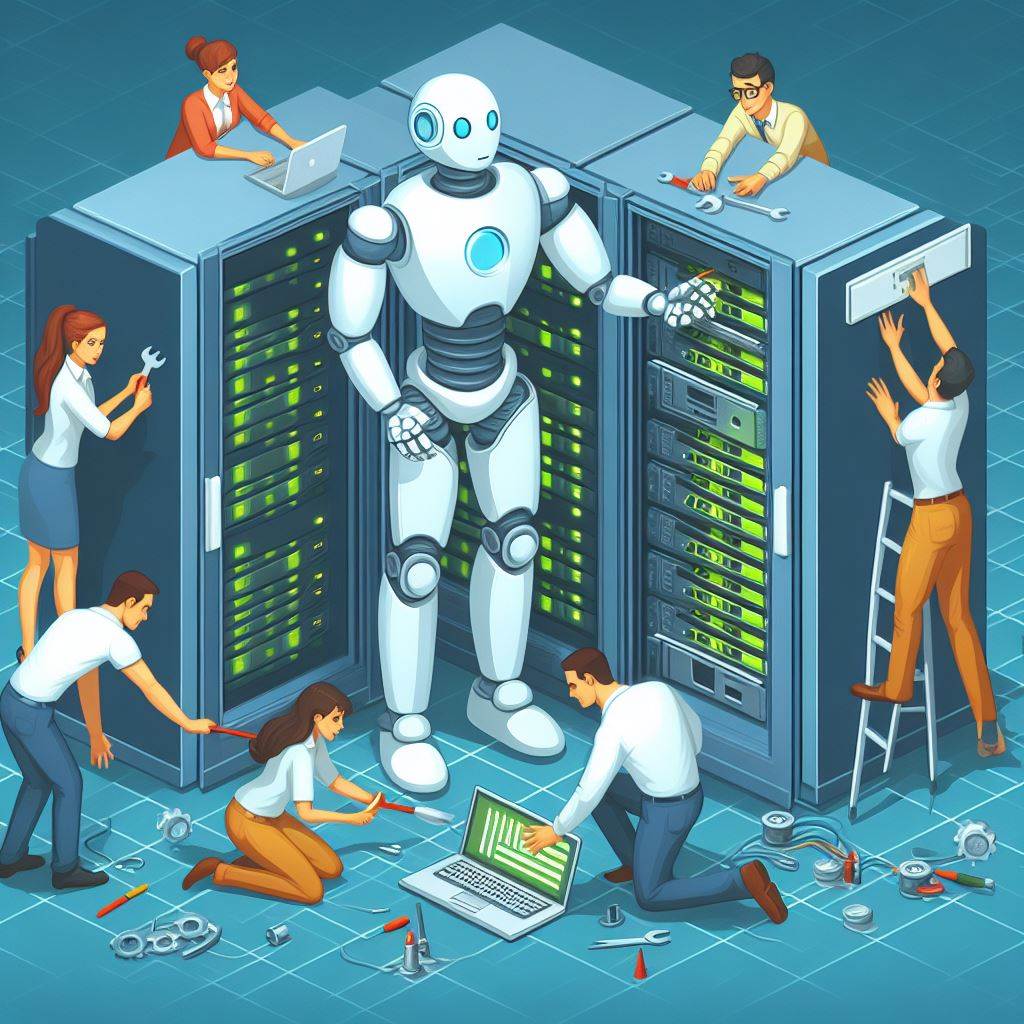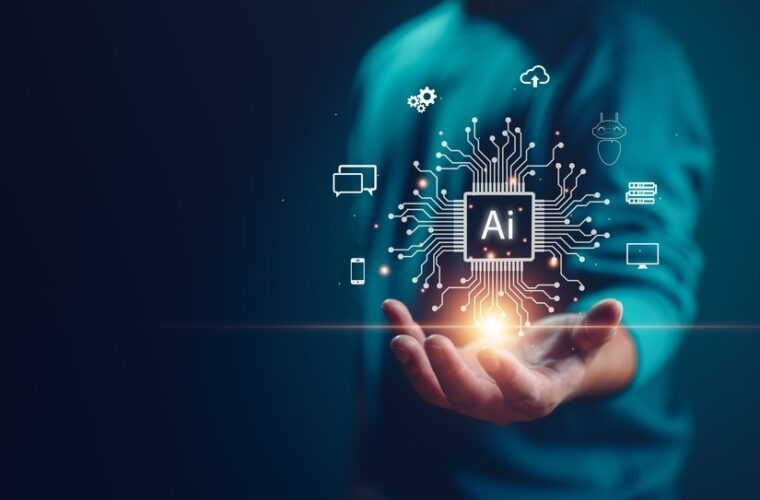Digital infrastructure is now the main pillar of an agile and resilient business, providing essential support for workloads and applications driven by new technologies and especially artificial intelligence, which require the management of large volumes of data with high efficiency. According to IDC’s most recent Worldwide Future of Digital Infrastructure Sentiment Survey, nearly eight out of ten companies said they consider digital infrastructure “important” or “mission critical” to the success of their business initiatives. The same survey also revealed that adopting generative artificial intelligence (GenAI), improving employee productivity and retention, and optimizing budgets and revenues are the top three drivers driving current business infrastructure strategies.
IDC predicts that GenAI will be the primary driver of infrastructure investments over the next 18 months. Indeed, the real-time, data-intensive nature of GenAI applications will force many companies to reevaluate their digital infrastructure plans and priorities. With GenAI as the catalyst, by 2027, 40 per cent of enterprises will rely on the interconnected cloud, core, and edge IT architectures to support dynamic, location-independent workflow priorities.
Orchestration and synchronization
Organizations are already actively exploring ways to infuse their IT activities and operations with GenAI technology. However, what many companies are realizing through early testing and exploration is that their current infrastructure and platforms are ill-equipped to handle the volume, distribution and synchronization of data and infrastructure resources required by GenAI. GenAI thrives on data and resources regardless of their physical location. Data can be stored in the cloud, in central data centres and in a multitude of highly distributed edge and IoT locations. Each location then has different types of data and platforms. To fully leverage GenAI and exploit its potential, many of these components must operate with maximum orchestration and synchronization.

GenAI is therefore driving the demand for next-generation infrastructure architectures that are workflow-optimized rather than workload-centric. These next-generation environments will be highly automated and governed based on events and end-to-end application performance, utilization, and cost metrics in real-time. They will be dynamically scalable and provide a wide variety of end-users with self-service and on-demand access to advanced services and platforms in on-premises, edge, and public cloud environments. Above all, they will be interconnected. With these interconnected IT architectures, workflows will be able to seamlessly utilize multiple cloud, core, edge computing and connectivity platforms, reaping more benefits from new generations of AI applications.
Rising investments until 2027
IDC predicts that digital infrastructure spending for GenAI will exceed $18 billion in 2024 and grow to nearly $50 billion by 2027. Artificial intelligence will be the focus of the IDC Future of Digital Infrastructure Forum 2024, the fifth edition of IDC’s event dedicated to the future of IT infrastructure, scheduled to take place at the Magna Pars Event Space in Milan on 9 May. Hosted by Roberta Bigliani, Group VP, Head of Insights, IDC EMEA, and Massimiliano Claps, Research Director, Insights, IDC EMEA, the event will feature keynote speeches by experts from leading IT vendors and testimonials and experiences from corporate technology managers, providing an opportunity for CIOs, IT architects, digital leaders, and corporate IT departments to discuss the most important challenges for the future.


